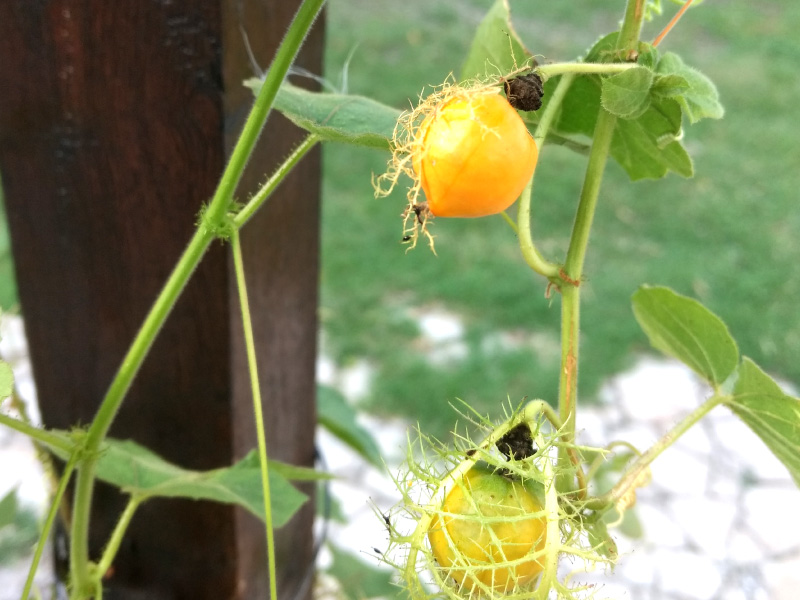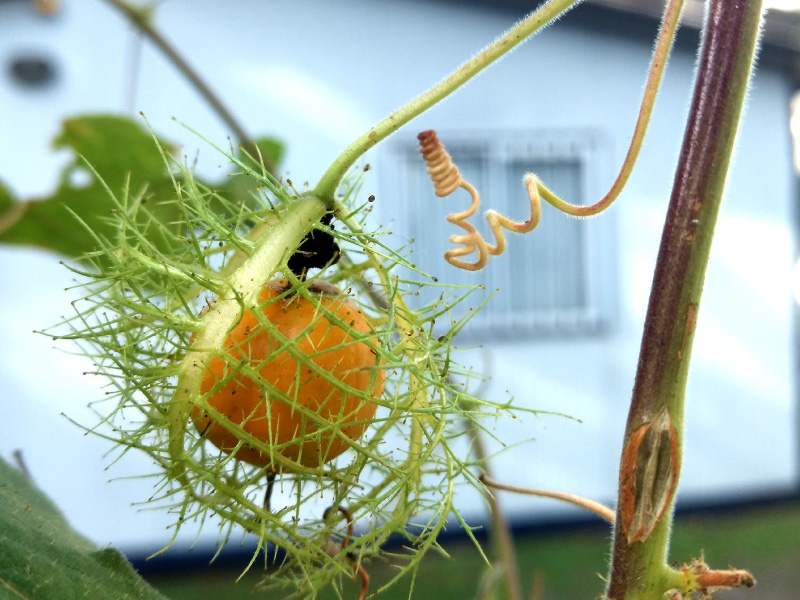21 May Passiflora foetida (Stinking passionflower)
Passiflora foetida (Stinking passionflower)
The stinking passionflower is an invasive weed in several countries in Southeast Asia and Oceania. Researchers from FuEDEI are working on the identification of natural enemies in its home range, and their potential as biological control agents.
The stinking passionflower (Passiflora foetida) is a vine native to Central and South America belonging to the same group of species as the commercial passionfruit (Passiflora edulis) and several species of ornamental value. It is because of its fruits and remarkable flowers that many Passifloraceae have been introduced outside of their native range. In the case of P. foetida, this propitiated its behaviour as an invasive weed in areas where it lacks specialised natural enemies, chiefly in Australia, other countries in Oceania, and Southeast Asia. In these environments it smothers local plants of environmental, touristic, and agroforestry value. It is a pest in corn and sugarcane crops, with which it not only competes for nutrients and sunlight, but complicates their management and harvesting.
Since 2019, researchers from FuEDEI are studying P. foetida in its native range, identifying its natural enemies and evaluating their potential to be used as classical biological control agents.
Staff:
Guillermo Cabrera Walsh
Mariano Maestro
Belén Fernández
Cooperators:
Raghu Sathyamurthy – Commonwealth Scientific and Industrial Research Organisation (CSIRO)



